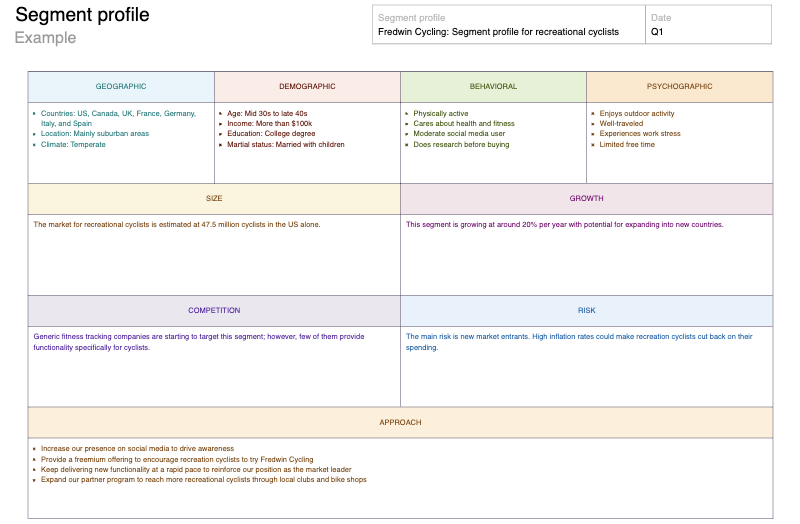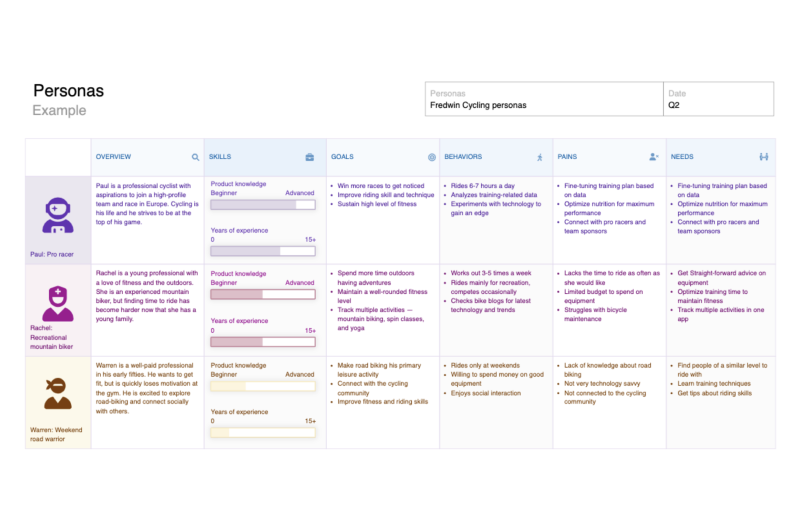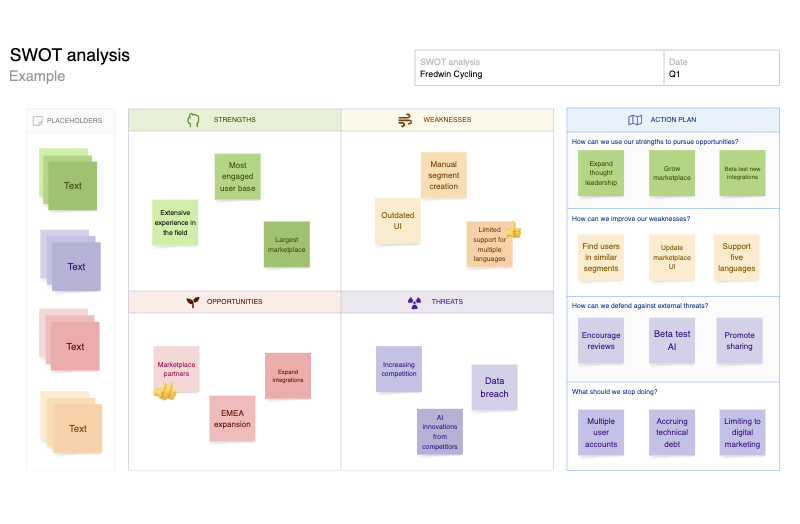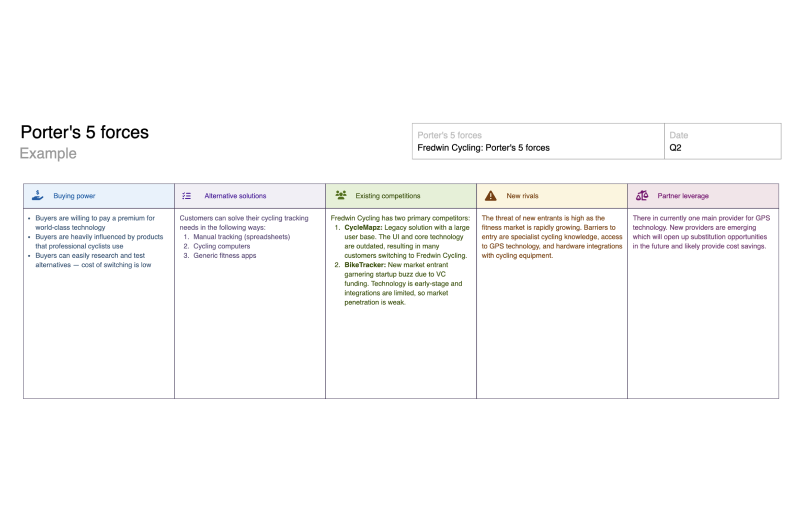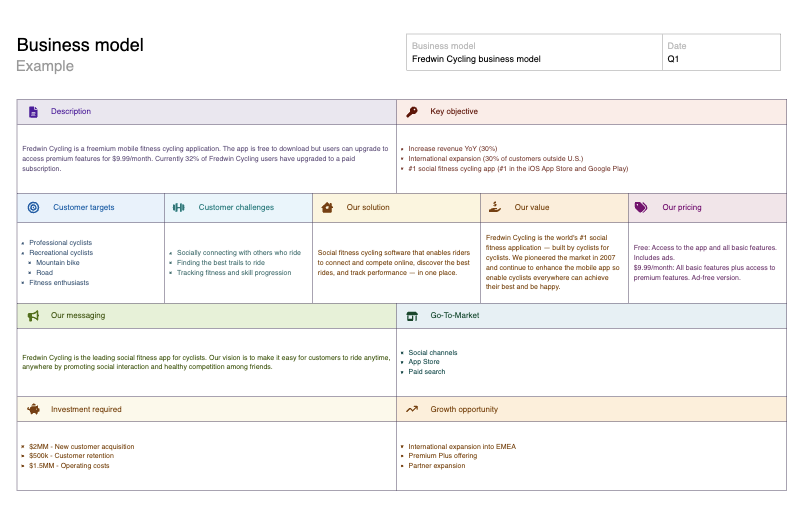Lean canvas template
Map out early-stage strategy with a canvas built for fast, focused planning
Use template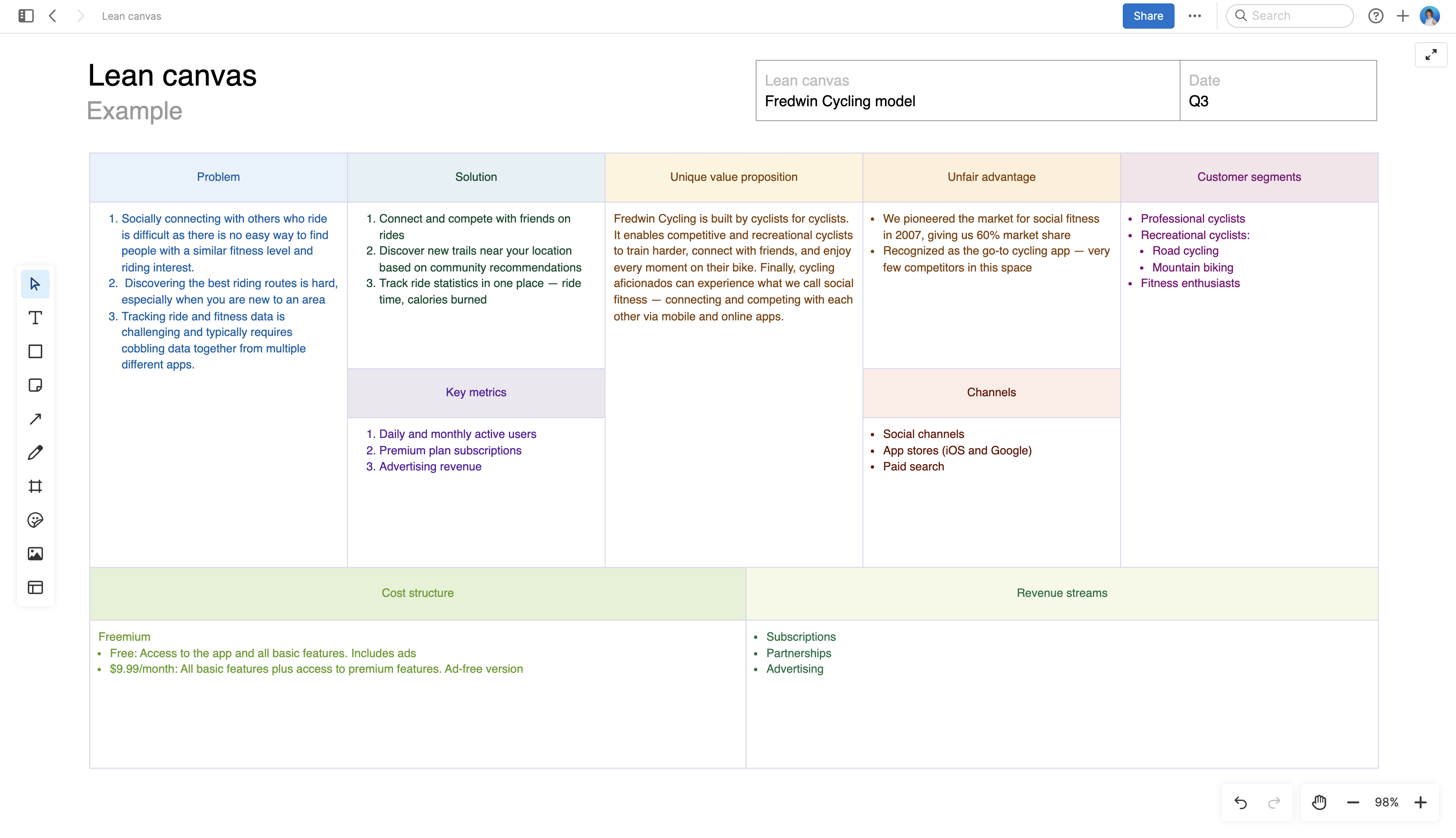
About the lean canvas template
The lean canvas is a one-page business planning tool that helps product leaders quickly map out the most critical assumptions behind a new product or business idea. It is especially useful in the early stages of product development — when you are testing whether the problem is real, your solution is viable, and there is a clear path to market. Working within a defined format forces sharper thinking and helps you share your approach with others.
Included in the lean canvas template
This lean canvas template includes built-in capabilities such as:
A menu of classic whiteboard features (including sticky notes, shapes, grids, and emojis)
Quick access to best practices and a pre-filled lean canvas example
Inline comments to gather feedback, questions, and ideas
Presentation frames to easily share your lean canvas
How to use the lean canvas template
Start with the problem. Use the template to clearly articulate what need you are solving and for whom. From there, define your solution and map out each building block (from customer segments and key metrics to distribution channels and revenue streams). Aim to describe each area succinctly, using evidence where available and noting assumptions that need validation.
When your draft is complete, share it with others to stress-test your thinking. Use the canvas as a focal point for team discussions about feasibility, scope, and priorities. The value is not just in filling out the boxes — it is in using the structure to think critically and move forward with clarity. Once you gather input and reach alignment, you can turn your canvas into an actionable plan in Aha! Roadmaps.
Best practices
Capture and analyze key business model elements with a problem-focused approach.
Start with the riskiest assumptions: Zero in on the parts of your business model that feel most uncertain. Test those early so you can either move forward confidently or change direction fast.
Keep it lightweight — but honest: This is not about presenting a polished plan immediately. Be direct about what you do not yet know and where you need validation.
Invite challenge: The real value of the lean canvas comes from conversations. Ask others to poke holes in your thinking so you can make stronger decisions.
Update as you learn: Treat the canvas as a living document. Revisit it regularly as new information emerges and your direction evolves.
FAQs about the lean canvas template
How does a lean canvas differ from a traditional business model canvas?
The lean canvas focuses on the riskiest parts of a new business or product idea, making it faster to map out and iterate on. It condenses the traditional business model into a one-page view with an emphasis on problems, solutions, and customer segments. This makes it especially useful for early-stage exploration and fast-moving product teams.
When should I use a lean canvas vs. a more detailed business plan?
Use a lean canvas when you are in the early stages of exploring a new product, business idea, or market opportunity. It helps you quickly frame your thinking and identify what you still need to validate. Once your direction becomes clearer and you have more data, you can build out a more detailed plan.
What are some additional lean canvas resources?
Here are a few resources to help you think more deeply about product strategy and business modeling:
What is a business model?: Understand the components of a business model and how to define one.
Product strategy vs. marketing strategy: Learn how these two types of strategy support each other.
How to build an annual product roadmap: Connect your business model to real plans and initiatives.
Is this template free to use?
Yes. To use this lean canvas template, sign up for a free 30-day trial of Aha! Whiteboards. (You can also try this template in Aha! Roadmaps if you need a complete product management solution.) Easily customize the template to suit your needs, then share it with as many people as you want (for free) to streamline collaboration.
